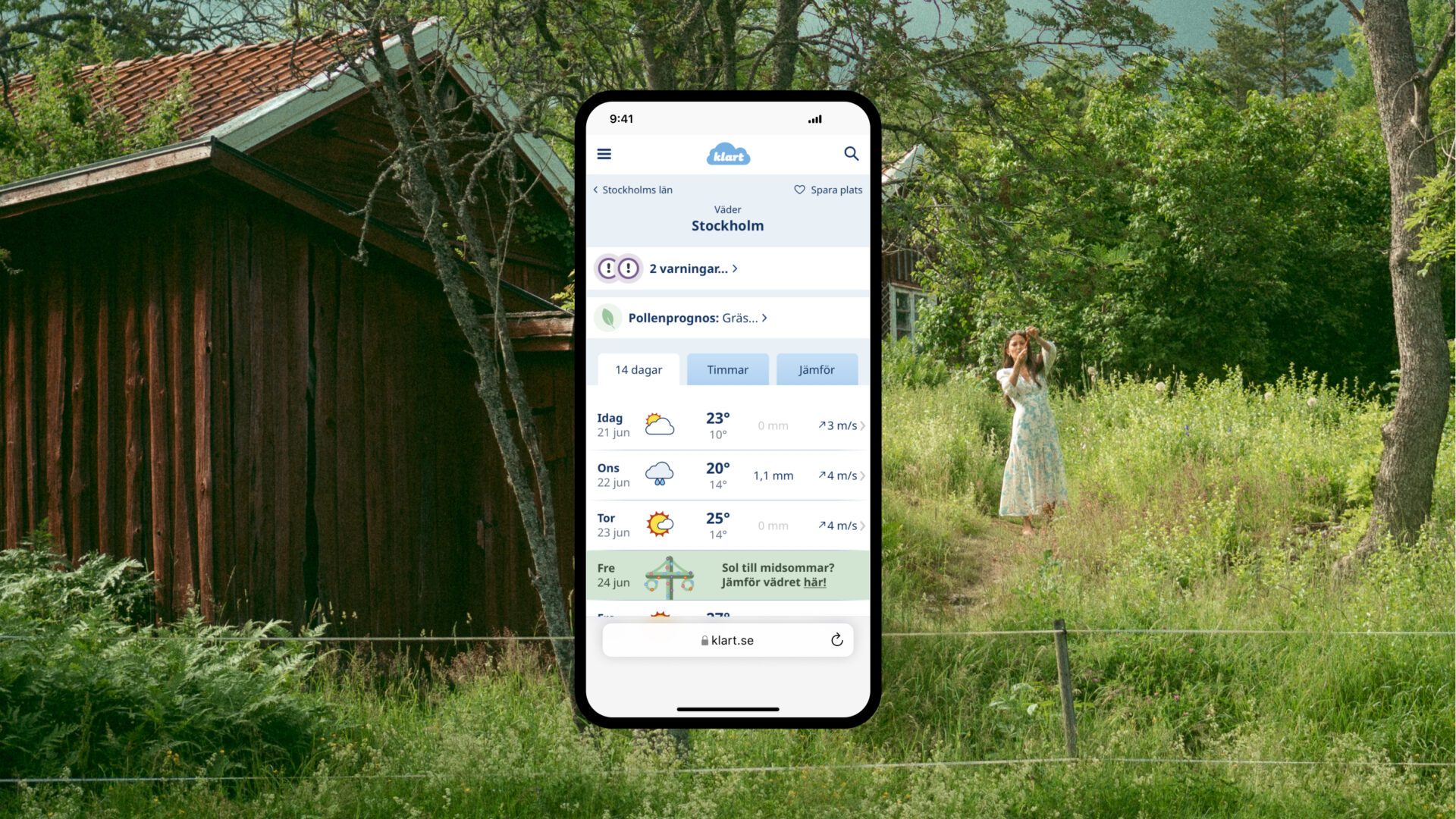
Doing things that don’t scale: 10 tips for startups
When starting a new venture, it’s tempting to focus on scaling quickly.
However, many successful startups have thrived by doing things that don’t scale initially.
Here are ten tips on how to apply this principle effectively:
1. Provide a personalized and “insanely” delightful experience
Deliver an exceptionally high-touch, personalized service by manually onboarding users and offering rapid support.
For example, Stripe began by manually onboarding their first customers, ensuring each one received a flawless experience. They provided quick, personal support and rapidly iterated on their product based on user feedback.
“In the beginning we worked with a friend who ran a payments company in the midwest, we basically built our prototype on top of his platform. In fact in the early days we were processing many of the payments by hand manually.”
Patrick Collison, Stripe
Sending handwritten thank-you notes to early users, as Wufoo did, adds a personal touch that can foster loyalty and create a lasting impression.
2. Go directly to wherever your customers are
Physically go to the places where your potential customers are, onboard, and activate them on the spot.
Airbnb’s founders famously traveled to New York City to meet their users, personally photographing listings and helping hosts improve their profiles.
This hands-on approach helped them understand their users’ needs and build a product that truly resonated.
3. Validate the problem manually and scale for later
Manually fulfill orders yourself or hack existing products before building something scalable.
For instance, DoorDash’s founders initially delivered food themselves to understand the logistics and challenges of their service. This hands-on experience allowed them to fine-tune their offering before investing in scalable infrastructure.
4. Start a deliberately contained fire
Constrain your initial user base geographically or demographically.
Facebook started by targeting Harvard students exclusively before expanding to other universities. This strategy allowed them to create a highly engaging product for a specific user base, generating word-of-mouth growth and strong initial traction.
5. Be relentlessly resourceful and creative
Surprise users with unscalable and unexpected campaigns.
Airbnb’s founders created special cereal boxes themed around the 2008 presidential election (“Obama O’s” and “Cap’n McCain’s”) to raise money and gain media attention.
This creative, unscalable campaign generated significant buzz and helped fund their startup during a critical period.
6. Consult while building the product
Provide consulting services in your domain to deeply understand customer needs, then build your product.
Looker, a data analytics company, started by offering consulting services to understand their clients’ pain points. This approach enabled them to develop a product that directly addressed real user needs, leading to a highly tailored solution.
7. Ask for help and referrals
Beg friends, ex-colleagues, and your network for initial users, and incentivize them to refer others.
LinkedIn leveraged the professional networks of its founders and early users to grow its user base. By personally inviting connections and encouraging them to refer others, LinkedIn rapidly expanded its network.
8. Leverage existing platforms
Use existing platforms to reach your audience instead of building your own from scratch.
Hipcamp used Instagram to showcase beautiful camping sites, driving traffic and engagement. By leveraging the visual appeal of Instagram, Hipcamp attracted outdoor enthusiasts and built a community around their platform.
9. Offer exceptional customer support
Provide customer support that goes above and beyond what’s expected.
Zappos built a strong reputation by offering outstanding support, including a no-questions-asked return policy and 24/7 customer service. This dedication to customer satisfaction created loyal customers who became advocates for the brand.
10. Build relationships with early adopters
Treat your early adopters as partners.
Dropbox involved their early users in the development process, soliciting feedback and making them feel valued. This approach not only improved the product but also turned early users into passionate advocates who helped spread the word. Read the full story How Dropbox started: The MVP strategy that launched a giant
By embracing these unscalable strategies, you can build a strong foundation, gain invaluable insights, and create a product that truly resonates with your users.
Remember, the key is to focus on quality and personal connections before scaling.
Also read Think like a startup


